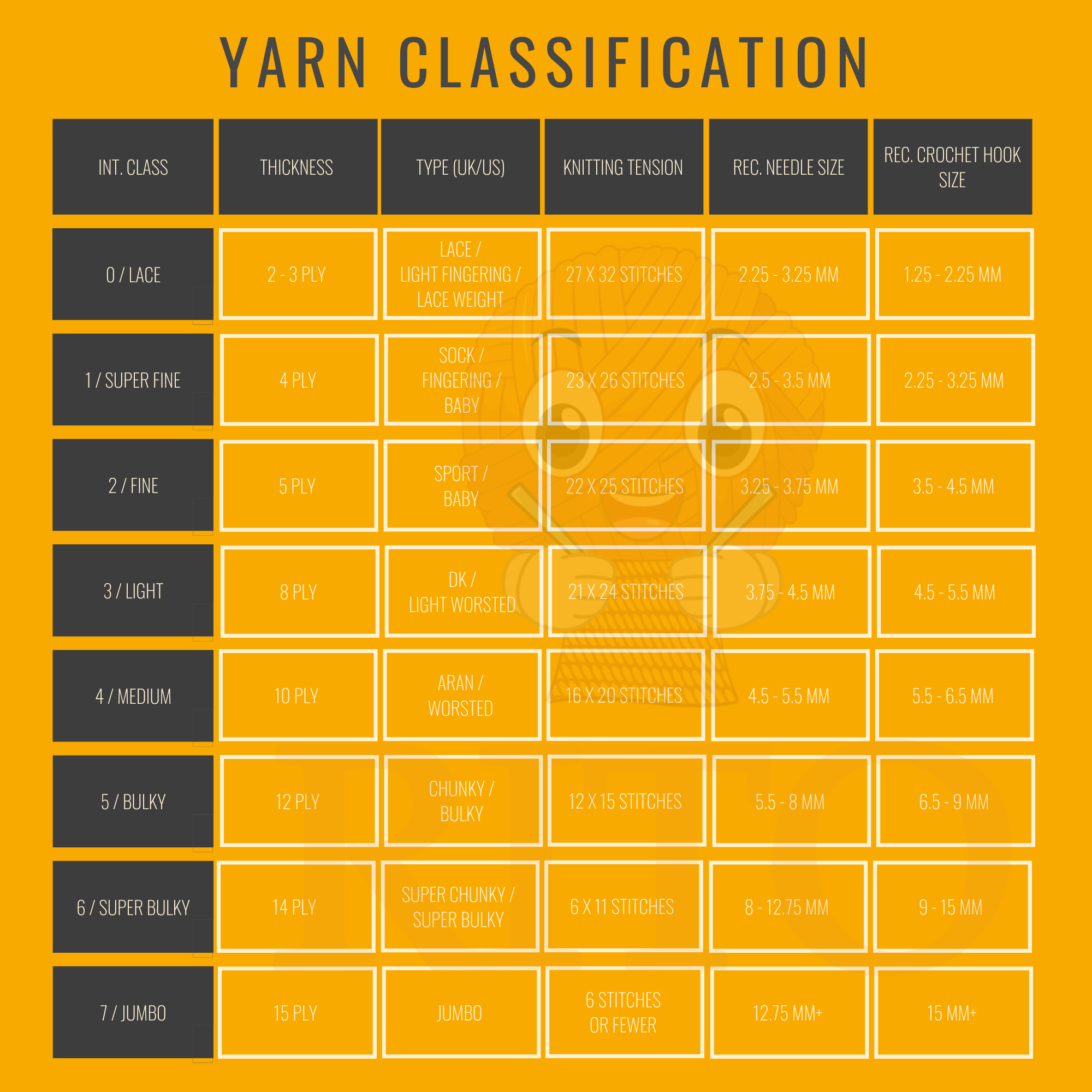What is Worsted Weight Yarn?
Worsted weight yarn is a versatile, medium-weight yarn that finds its sweet spot between lighter and bulkier yarns. It is ideal for different projects like sweaters, scarves, and hats, as it stands for its balance of strength and ease of use. Esteemed for its balance of durability and manageability, it's a reliable companion, ensuring your creations withstand the test of time and use.
The journey of worsted weight yarn dates back to the medieval era, originating from Worstead, a village in Norfolk, England, known for its textile production. This historical context isn't merely a footnote; it signifies the evolution of yarn, from its humble beginnings to becoming a staple in the crafting world. Worsted weight yarn’s name and associated quality stem from this village, where long staple wool fibres were spun into fine, smooth yarn, laying the foundation for the worsted weight yarn we know today.
Expanding on its unique characteristics
Distinguished by its smooth texture and consistent staple length, worsted weight yarn is a pleasure to work with, whether you're knitting or crocheting. It's the versatility in fibres—from wool to cotton, silk, and synthetic blends—that makes worsted-weight yarn adaptable to various projects and preferences. This is highlighted by the fact that this adaptability, points out the medium thickness of worsted weight yarn that makes it thicker than sock and sport weight yarns, yet thinner than bulky varieties. With a knitting gauge of 16-20 stitches for every four inches, it is clear why this yarn is considered a go-to for many. You should however note that, in your selection process, are things to consider:
We recommend that you look for labels indicating "worsted" or "medium weight" to guide your selection. The Craft Yarn Council categorizes it under number four, and the recommended needle size usually ranges from 4.5 to 5.5 mm (US 7-9). This ensures that the yarn will perfectly complement your crafting project, whether it be a delicate shawl or a sturdy sweater. This way, you can identify whether a product fits the worsted weight class or not. And if you ever see the term "Aran" on your journey, then please note this merely is the American equivalent of the Worsted weight class, as you can note in this overview:

The Intricacies of Plies and Ply Counts
The term ‘plies’ might seem esoteric to some, but it’s simply the strands twisted together to form the yarn. Worsted-weight yarns come in a variety of plies, affecting not just the texture but also the strength and likelihood of pilling. More plies often mean a sturdier yarn, ideal for those pieces that will see a lot of wear. The process of twisting these plies together endows the yarn with a resilience that makes it suitable for everything from garments to accessories.
The selection of worsted weight yarn, with its rich historical roots and versatile characteristics, makes it a steadfast choice for crafters. From the moment you pick it off the shelf, guided by the knowledge of its properties and the Craft Yarn Council’s standards, to the final stitch, worsted-weight yarn supports your creative journey. Its smooth texture, its array of fibres, and the strength provided by its plies ensure that your projects not only come to life but endure, making every crafting venture a fulfilling one.
So with this guide, you will now be able to identify worsted weight yarn and if you'd like to see our selection, then you can find that in the link below.

 Österreich
Österreich